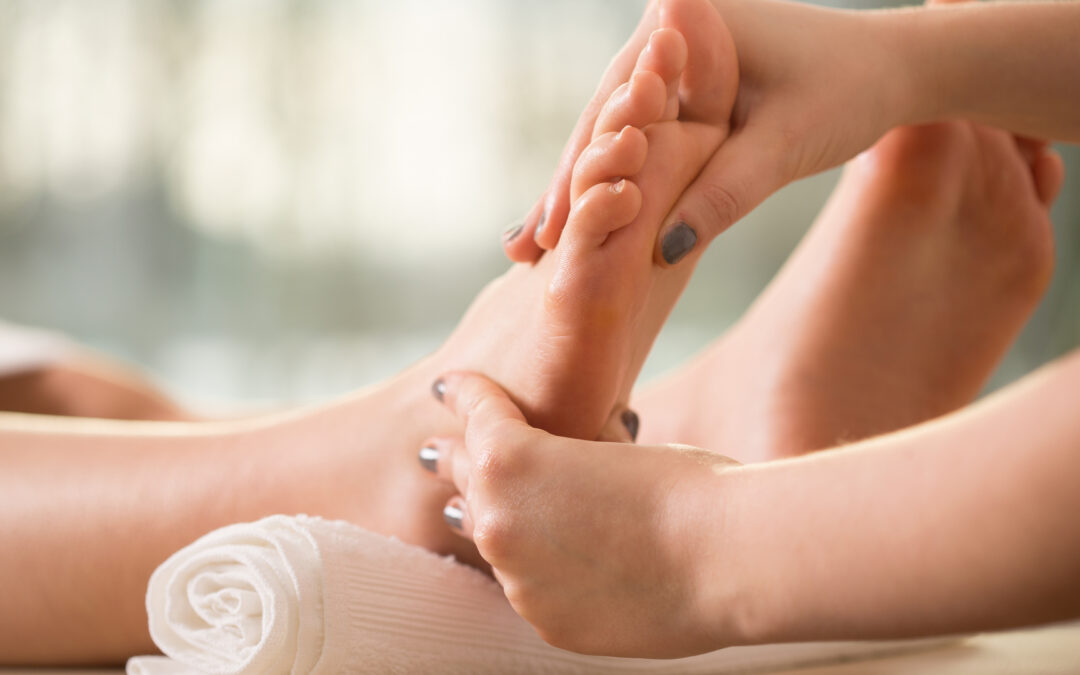Even today, traditional reflexology leaves a question in the air: why does reflexology work? In general, the most commonly described effects are: improvement of circulation, normalization of glandular and organic functions, in addition to inducing a state of relaxation.
Reflexology, within the recent context, is characterized by being part of the techniques to be used in the holistic approach to natural healing. It is a system that complements the ancient therapeutic methods of oriental massage. Working on the reflex zones activates the flow of energy through the body – it intensifies the body’s own vital forces and healing powers.
Thus, reflexology is an instrument for the maintenance of physical, psychic and spiritual balance, and an instrument for the assessment of deficiencies in the energy system. It is especially indicated for preventive treatments, undoing energy imbalances at their first signs. Like all techniques, Reflexology requires practice and, above all, experience through touch, attention, dedication and perception.
The nerves in our body are like an electrical system. If we have the ability to make a corresponding contact with the electricity that we carry within, and the elements or the atmosphere that surround us, with them will determine the degree of energy, which will manifest the proper functioning of our glands. Massaging this region when there is congestion in the reflex zones is like repairing or replacing parts of a faulty installation.
Reflex Areas of the Feet:
For the practice of reflexology it is first necessary to know the reflex zones and their interconnections.
The first correspondence that we can make is to observe that the foot in its resting state, seen in its internal profile, presents the shape of a seated human figure: the toe corresponds to the head, the instep corresponds to the thorax, the calcaneus is the pelvic girdle, and the ankle, the lower limbs extended forward. Let’s verify, then, the similarity of the curvature of the vertebral column with the internal part of the foot: the cervical curve corresponding to the internal curve of the hallux and in the sequence we can observe the thoracic and lumbar spine, the sacrum and the coccyx, when reaching the calcaneus.
The two feet make up the unity of the body; must be viewed together. Looking at the soles of the feet, we will have the correspondence of half of the column in each one, and the respective organs (right or left side) are distributed along this line, with height referring to the waist line, which divides the foot into two parts: superior (towards the toes) and inferior (towards the calcaneus). The rule is based on the proportion of bone size and not on fixed measurements.

